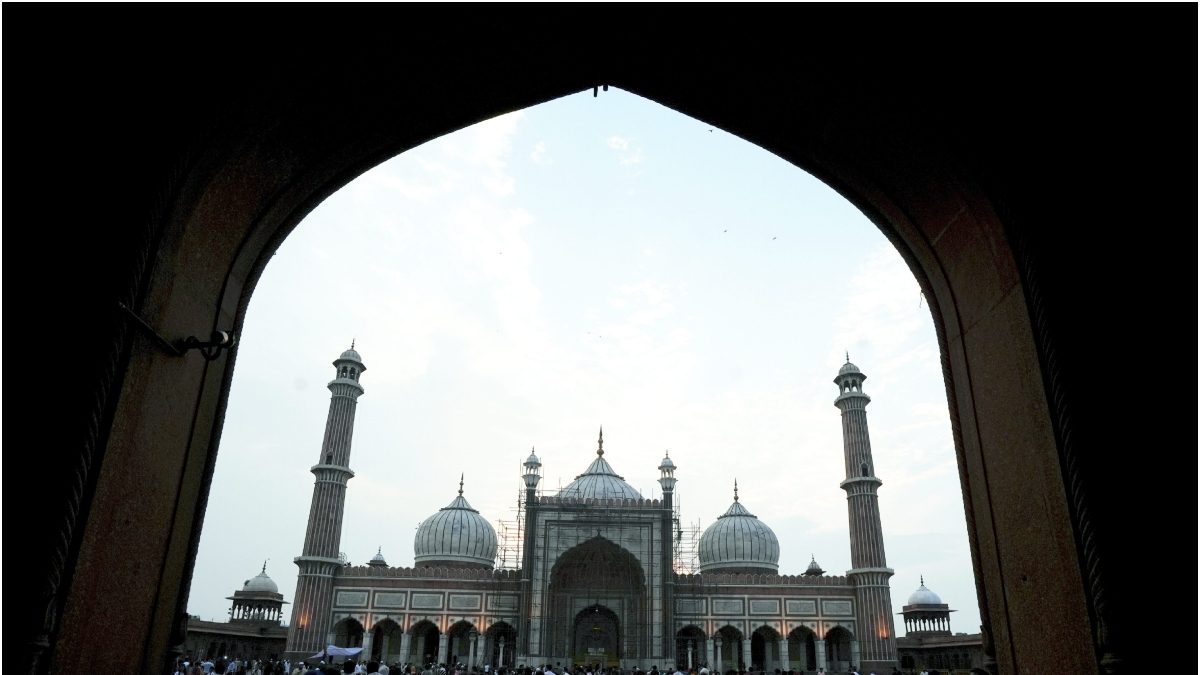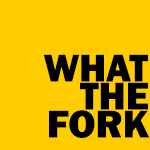What the Fork: The Sound, Sights & Smells During Ramzan; Kunal Vijayakar Writes on Top Places to Visit
For a Mumbaikar like me, spending the month of Ramzan by visiting most illustriously time-honoured places such as Old Delhi, Agra, Lucknow and Hyderabad maybe a bit too ambitious. I have, in my younger days, roamed these most precarious, albeit culinarily traditional streets, when my stomach was of iron and my resolve was of steel. In this season of Ramzan, when for some reason, the food on the streets seems so paradoxical and contradictory with the austerity and abstinence of the Roza or fast, I have gasped at the light, sound, sights and smells of Purani Dilli.
Just walking down, the main thoroughfare opposite Jama Masjid, a lane full of ‘Urdu Bazaar Kebabiyas’ where the word ‘food’ hardly describes what’s on display and sale. It’s a surge, a spate, a downpour of flavours, textures, ingredients, aromas and taste. Nearly everything is cooking on an open fire or being deep fried in bubbling oil.
For example, the most famous and celebrated ‘Kebabiya’, Guddu Bhai of Qureshi Kebab Corner, is nearly a century old and makes the most succulent Buff Kebab, Seekh Kebab Roll, Chicken Kebab, Chicken Seekh — all succulent, juicy, tender and flavourful right off the grill. You can choose to have them served with chutney and onions or just pick them right off the skewers. Al Jawahar near Jama Masjid is famous for Mutton Korma (white),
Kallu Nihari for Nihari, Aslam’s Chicken for Butter Chicken, Seekh Kebabs by Babu Bhai Kabab at Jama Masjid, Mutton Barra at Qureshi Kebab Corner and Rehmatullah Hotel for the Biryani.
Though this was many, many years ago, in Agra, my hunt for a good Nihari brought me to “Barber’s Bazaar” or “Nai Basti”. Although the word ‘Nihar’ means morning and ‘Nihari’ is usually had for breakfast. You can get Nihari in Agra’s ‘Nai Basti’ most part of the day. Mukhtar Sahib used to run Mughal Nihari Centre, a second-generation Nihari shop, I don’t know if he is still there, but I am sure the shop is still thriving because if one was to judge by the crowds that flocked there for a hot spicy plate of marrow stew, it seemed like it would go on forever. This Agra version of the Nihari contains nearly all the delicious, gelatinous, and nutritious parts of the goat; nalli, feet and meat. It’s perfectly spiced and when served with garam-garam tandoori roti, the Nihari garnished with sliced ginger and green chillies, you could make this breakfast meal, lunch, tea and dinner as well. In Lucknow, however, the food is far more delicate and discreetly spiced. No strong overpowering flavours, just aromas, and emotions.
In Lucknow, it’s the two ‘abads’, Nazirabad and Aminabad. Rahim’s Kulcha-Nihari is terribly sought-after during Ramazan and doesn’t disappoint. Biryani, Kulcha-Nihari, Tunday Kebabs and Sheermal form the staple stops on a Ramazan walk in Lucknow. Although a proud Lucknowi will always say ‘Hamare Lucknow mein Biryani nahi banti, hamare Lucknow mein pulao banta hai’. Be that as it may, the food is sometimes better than what Purani Delhi boasts of.
Chowk is famous for its shops full of Phirni, Kulfi and Faluda but you cannot miss the Shahi Tukda in Nazirabad’s Tullu Sweets. Or maybe you will miss it. Because this Shahi Tukda at Tullu Sweets is available only during Ramzan, and allegedly takes about eight hours to prepare, of which, only 50 pieces are made daily, and are sold out in an hour. What’s the bloody point?
In Hyderabad, during Ramazan, as is otherwise too, the Charminar is the centre of life and food. Hotel Shadab on Ghansi Bazaar Road is a name that’s synonymous with Biryani. The Hyderabadi kind, milder and far more aromatic and flavourful. Then, right there is Nayaab insanely famous for their Paya Masala, served with Chaar Koni Naan, a four sided, square naan. At the Charminar itself is Shah Ghouse, which serves the best Haleem in town. Some would say, even better than Hyderabad’s famous Pista House. But if you go to Pista House, no one makes better Shahi Tukda, Double ka Meetha and Sheer Korma, without which no Ramzan feast is ever complete.
We only tend to think of Delhi, Agra and Lucknow during Ramazan, for Iftaar food and Sehri. We tend forget the southern parts of India. In fact, we even forget that Hyderabad is in South India as is Kochi, which also has a substantial Muslim population, which is directly proportionate to the great Ramzan food that is available there.
You may argue about Kochi or Calicut (Kozhikode), but Kozhikode is indeed the Iftaar capital of Kerala. The Kothi Approach Road in Kozhikode from a bustling thoroughfare in the day turns into a food stall paradise at night. Women living in homes across the road start cooking in the day and the men bring the food out to sell. In the evening, as the sun goes down, the hot air is filled with the aroma of Kozikode Biryani, fried chicken, quail, egg, crab and a variety of fish.
This year though for me, travelling during Ramzaan, was a bit tough because of previous commitments, but I did manage to do the trek to faraway Kurla, which for a South Bombay man like me, is a long journey. Over the years, we have eaten several Ramzan meals. But nearly all of them at Mohammed Ali Road, Minara Masjid, Bhendi Bazaar (Bohri Mohalla) and Nagdevi Street, you will have to choose the right places and stall to eat at these places, otherwise the rest of the deep-fried, multi-coloured kebabs and Chinese influenced grub available on the road is highly avoidable.
But Kurla was a pleasant surprise. The street food along the Khau Galli, just off LBS Road, sort of behind the Old Kalpana Cinema was worth a try. Especially the Khichda at the top of the road and the Haleem at the end of the road. In between, the Halwa Puri, Boti Kebabs, Bhuna Mutton, Seek Kebabs, Nana Chaap and rolls were as good as any other. I ended my evening at JJ Jalebi. Originally form JJ Hospital off Mohammed Ali Road and famous for their dark brown fat Jalebis, they have a huge tawa counter. Great food. What’s more, all the greats of Mohammed Ali Road namely, Shalimar, Noor Mohammedi, Persian Darbar, Nawab Seekh Paratha and Delhi Zaika have also opened fairly posh outlets. I did not visit any of these this time, but I really hope that between the mirrors, glass and style, they haven’t abandoned their roots which made them what they are today.
Kunal Vijayakar is a food writer based in Mumbai. He tweets @kunalvijayakar and can be followed on Instagram @kunalvijayakar. His YouTube channel is called Khaane Mein Kya Hai. The views expressed in this article are those of the author and do not represent the stand of this publication.
Read all the Latest Lifestyle News here
For all the latest lifestyle News Click Here


